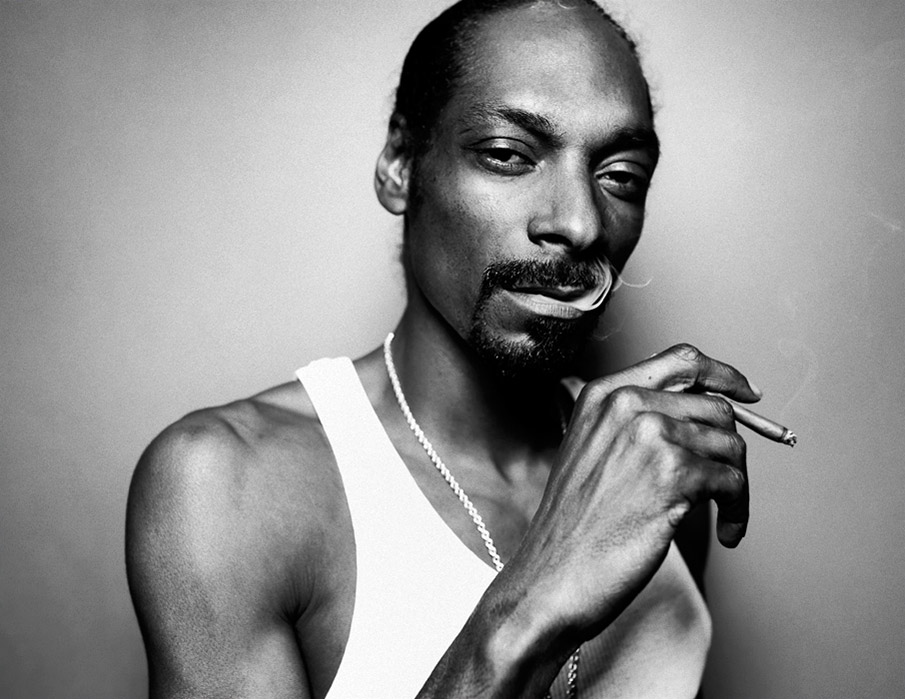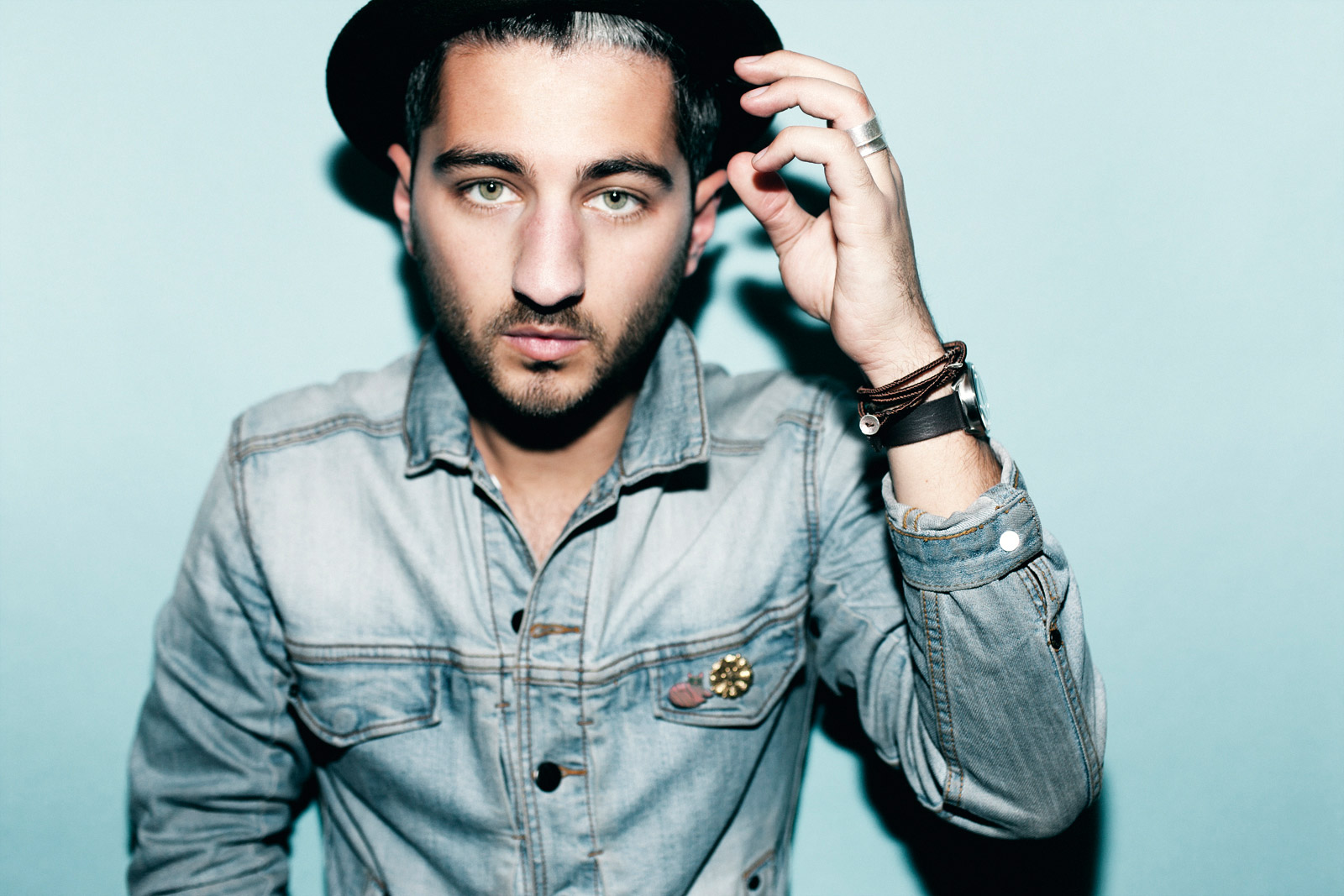
- Interview by Ryan & Tina Essmaker September 25, 2012
- Photo by Cameron Rad
Steven Taylor
- photographer
Steven Taylor is an LA-based photographer who shoots digital and film. He has photographed a wide range of clients and notable personalities including musicians and celebrities such as Common, Snoop Dogg, Metronomy, Incubus, The Daylights, John Legend, and Bruno Mars. His work has been featured in Nylon Magazine, Rolling Stone, and CNN as well as other magazines and online publications.
Interview
Describe your path to becoming a photographer.
Up to this point, my path has been fairly short. I was a musician and always thought I would pursue music—that’s where my passion as an artist was first directed. I enrolled in college assuming music was what I’d be doing.
In college, my friends and I photographed each other in order to promote ourselves as musicians. Then a local band asked me to photograph them and offered me what seemed like an insane amount of money at the time. Eventually, I quit my job and dropped out of school—I realized it was better for me to do something proactive with my art, rather than just go through the traditional motions. I started calling myself a photographer after that first job and it grew with me.
Tina: How long have you been focusing on photography full-time?
It’s been about five years total. When I first started, I also did some design on the side in addition to photography. For example, I’d book people and offer a whole package, which included laying out their website and doing their album packaging. I’ve been doing only photography for over three years now.
Tina: You’re in Los Angeles now, right?
Yes, I live in LA.
Tina: Where did you grow up and where did you attend college?
I grew up in Tampa and went to college at a small private school in Lakeland, Florida. After I dropped out of college, I moved to Nashville for about six months, but quickly realized it wasn’t going to work out. Then I moved here. LA has been good to me.
Was creativity a part of your childhood?
Yeah, in a weird way. I’m an only child and for the greater part of my childhood, I was the only grandchild. Both of my parents are young—only 20 years older than me. My dad is 12 years older than his next sibling. My cousins are 4 and 5 right now. Because of those dynamics, I was extremely spoiled and my family encouraged me in everything I wanted to do. I grew up in an extremely supportive environment where I was told by my family, “You can do anything and be anything you want.”
My grandmother painted, which was an influence on me. I lived on the beach in Florida and used to go there by myself—I was a really dorky kid—and spend all day on Saturdays painting with watercolors. I painted what was happening around me and when I was done, I started over again with a new painting.
My uncle played piano and had an incredible voice. He became friends with a lot of the major pop bands that came out of Florida—’N Sync, Backstreet Boys, and others. My uncle felt like a big brother because he was so young; I hung around him and got to watch all of his friends play music. Their talent influenced me to pursue music. I learned to play piano as a kid and later, I picked up the guitar.
So, although my parents weren’t necessarily creative, there was quite a bit of creativity and inspiration around me.
“I know bad things can happen and setbacks can reroute me, but I also know that I can be the best if that’s what I set my mind to.”
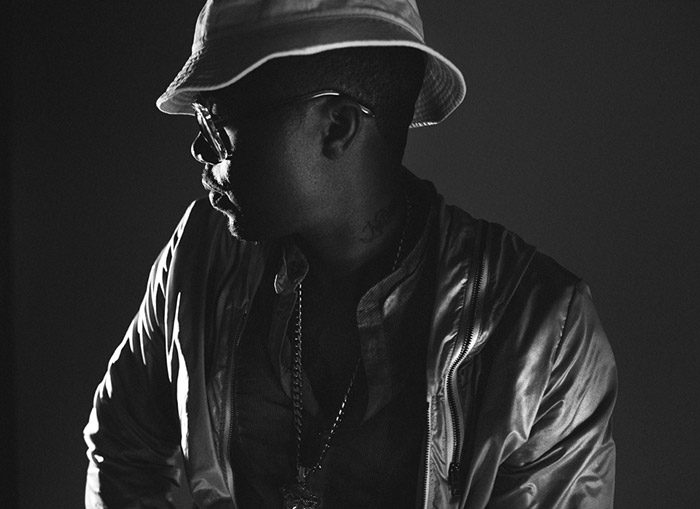
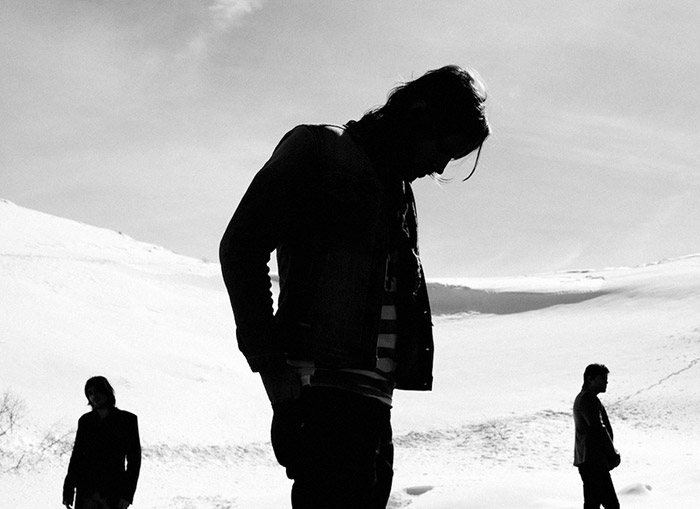
Tina: So that’s what influenced you to go into music?
Yes. I thought for sure I was the next John Mayer. In high school, I spent countless hours playing guitar with my friends. We all thought we would go to Berklee in Boston.
Halfway through my senior year of high school, I was in a serious car accident. I thought it would keep me from playing music altogether—I ended up in a wheelchair, which forced me to go to college close to home. My original plans began to shift. It took me a while to move away from my goal to be the next John Mayer, but I’m super thankful for where I am now—everything ended up happening for a reason.
Did you have an “aha” moment along the way when you knew you wanted to pursue photography instead of music?
I already loved photography, but the “aha” moment was realizing it could be a career. Once I realized I could financially support myself as an artist, I gave it more attention. Naturally, photography seemed like the most logical route.
Have you had any mentors along the way?
No. I wish I did.
One of my really close friends, Taylor Christian Jones, has helped me out tremendously. At the time we met, I was calling myself a photographer, but didn’t know anything about the technical side. He is overly knowledgeable in that area and without Taylor’s help, it would have taken me forever to learn everything.
In regards to a mentor in business, I didn’t have anyone. I figured it out on my own by observing the careers of other people. I picked out what I liked, decided what might be beneficial, and tried to apply it to my own career.
Ryan: Is there anyone outside of photography who has been beneficial to your growth as a person?
Yeah, my parents are crazy-supportive. It’s unbelievable how much they have poured into my life. Even when I was a kid, they constantly told me that I could do anything I wanted to, but they also taught me balance. I know bad things can happen and setbacks can reroute me, but I also know that I can be the best if that’s what I set my mind to.
That mindset has kept me going. I’ve noticed a huge difference between me and the people who feel too inferior to approach other artists, even if they’re in a different field. To me, even if it’s someone like Jay-Z, we’re both artists, which makes us peers. He doesn’t know where I’m at as a photographer—I could be the Jay-Z of photographers, you know? And I owe that boldness to my parents.
“…I absolutely want to make the most of the time I have. I hope I can encourage others and leave some sort of positive mark.”
One of the questions we ask is about your biggest risk. Earlier, you talked about changing your focus from music to photography. Was that your biggest risk, or was there another one?
I’d say it was moving to LA. When I first moved here, I didn’t have a lot going on. I just did it in faith and believed that I could make it.
Did you know anyone when you moved to LA?
I knew one guy. His name is Ricky Jackson and he’s in a band called The Daylights. I thought for sure that we’d hang out every day, but his schedule didn’t leave much room for downtime. That was hard at first.
Do you feel a responsibility to contribute to something bigger than yourself?
Yes! I’m here for however long I’m allowed—hopefully 80 or 90 long years—and I absolutely want to make the most of the time I have. I hope I can encourage others and leave some sort of positive mark.
What do you hope to contribute through your work?
I regularly have these realizations of how temporary things are and how insignificant we are as people in relation to history and time and space. That said, I try my best to enjoy every moment because, who knows? Instead of worrying about what’s next or what’s coming, I think of everything in terms of right now.
I also try to do that with images. I try to represent whatever is happening or whoever I’m shooting in that moment. I try to shoot honestly, so that the people I photograph can look back on it and appreciate it—and so others can as well. I feel like that mindset has made my life better. I generally have a fantastic time most days and I think other people should, too. If my work can convey that idea somehow and cause people to slow down and realize how blessed they are to the point of appreciating even the bad stuff, that would be great.
Are you satisfied creatively?
Yeah. I can say that honestly because I just worked on a really exciting project with singer-songwriter, Madi Diaz. We did some stuff for her new record, which I absolutely love. I literally wrapped the project today, so right now I feel great, but I’m all over the place. Tomorrow morning I’ll wake up and be super bored and have to do something new.
“…you get creative when you don’t have another option. If you know you have a job that’s going to cover your rent and bills, you don’t feel the pressure to create something that’s going to bring in the money otherwise.”
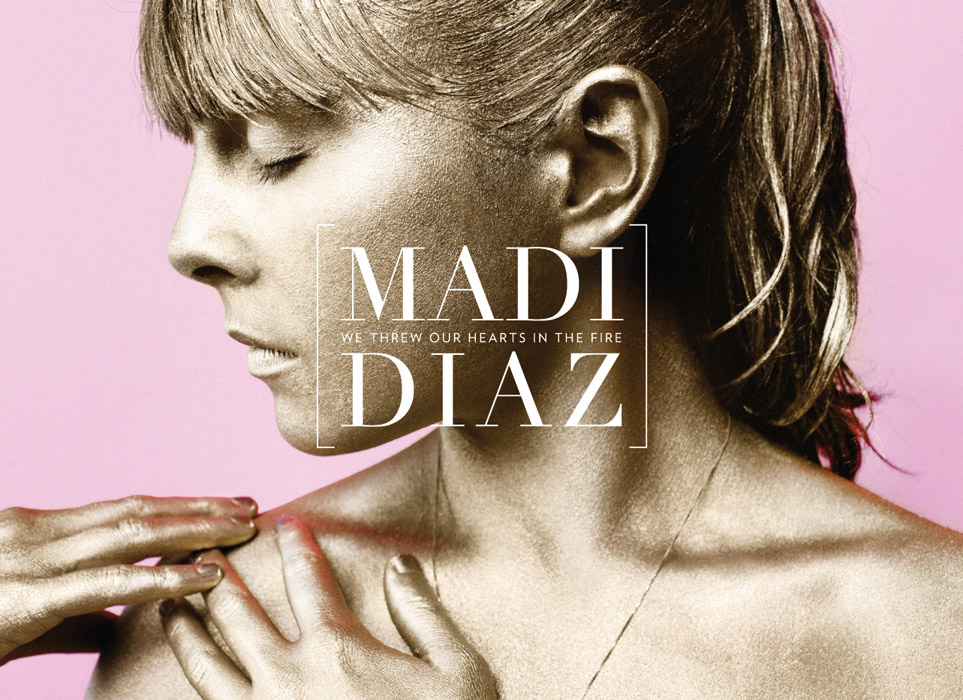
Is there anything you’d like to be doing in 5 to 10 years?
I really love what I’m doing right now. I feel challenged daily, I get to travel, and I’m meeting new people all the time. I hope all of that can continue.
Photography has allowed me this unique opportunity to be me. I’ve been blessed with incredible clients who trust me to execute my ideas. For example, Madi let me paint her completely gold, which might sound a little off considering that she’s an indie singer-songwriter, but it turned out to represent her and her sound really well.
There are other avenues I’d like to explore, too. I love fashion, so I’ll probably go in that direction at some point. I still love music and am involved with that. When I’m working with musicians, I get to know them in that chapter of their lives and careers. A lot of times I get to go into the studio with them and give my opinion of their work, which is really satisfying. I plan on pursuing these kind of creative passions more in the coming years.
If you could give one piece of advice to a young photographer starting out, what would you say?
I would say to do it. A lot of my friends have these part-time jobs and they can’t commit because they’re worried about not making enough money. I think you get creative when you don’t have another option. If you know you have a job that’s going to cover your rent and bills, you don’t feel the pressure to create something that’s going to bring in the money otherwise. You can make it other ways, but for me it’s all or nothing. If I have to go shoot portraits of dogs to be an artist, then that’s what is going to happen—because I choose to be an artist.
The other thing is to believe in your vision completely. People can be wishy-washy and don’t make the most of opportunities because they think it won’t work out or they’re embarrassed. If you believe in it, it’s who you are and if you can project that well, people will either buy it or they won’t—but either way, don’t quit.
I started out as a photographer amongst this pool of other people. I watched them either progress or fall away. I’ve noticed my persistence and willingness to take risks sets me apart from these people. It doesn’t always work out, but that causes you to learn and grow.
How does where you live impact your creativity?
Where I live impacts my creativity in a positive way. I’m in LA and everybody here is involved in something creatively, which is inspiring. It’s encouraging to see people working so hard to “make it” and yet still manage to stick it out when so many people are coming and going. If I still lived in Florida and everyone around me was comfortable in a slower place—not that being content is a bad thing—I might have fallen further from my goals and dreams.
Tina: Do you have a memorable moment or fun story you want to share about photographing someone?
Sure. I have a lot of fun stories.
I got to be with John Mayer when he tattooed himself for the first time ever. I’m a huge fan of his and he was aware of that. That was an awesome experience.
I also worked with a musician whose work was a big influence on me—he’s now a good friend. He happens to be friends with one of my favorite artists. He invited a group of people to Park City, Utah for his birthday—we went out to clubs, to dinner, went snowmobiling, and skiing. The artist I really loved showed up. We were all sharing a house together and his room was down the hall from mine. There was a big theater room downstairs, so I decided to go watch a movie by myself. I started watching Mr. & Mrs. Smith and 20 minutes later, he came down by himself, peeked his head in, and asked if he could join me. Of course I said yes. He brought his laptop, sat next to me, and worked while we watched the movie. I couldn’t even concentrate on the movie; all I could think was, “No way this is happening.”
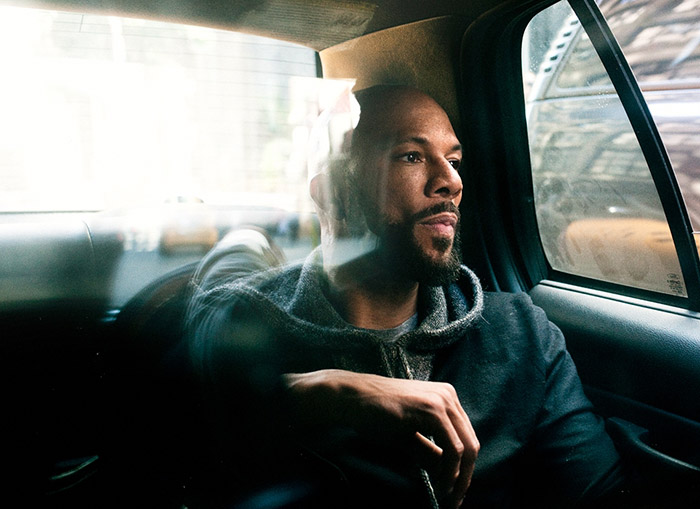
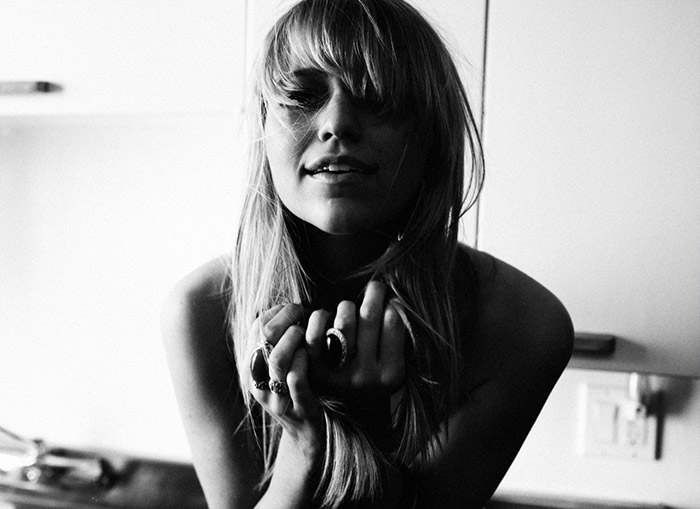
Tina: You’ve had the opportunity to work with a lot of high-profile people. Has that come through building relationships?
As a photographer, that was always the goal. I wanted to meet the people I was inspired by. I set my sights on people who were inspiring to me and I made my way with that in mind. I never flat out asked anyone to connect me, but I trusted that if I kept pursuing my vision and doing it well, those opportunities would come around.
That’s awesome. What does a typical day look like for you?
There really isn’t a typical day. I don’t have a set schedule—it’s always changing. I could tell you what this week was as proof of that. (laughing)
Let’s hear it.
Last week I was in New York for Fashion Week. On Friday afternoon, I booked a shoot in LA for mid-afternoon on Saturday. I had an event to go to on Friday, so I didn’t go to bed Friday night. I left my buddy’s place at 6:30am on Saturday, took a cab to the airport, flew to LA in the worst weather possible, and landed at noon. My assistant picked me up, but her car broke down on the way to my 2pm shoot. Thankfully, I got another ride and made it to the shoot on time. There are definitely hectic moments like that in this lifestyle.
Sometimes it’s more relaxed, though. Today I had a meeting with an artist at my house and we just swam around the pool and talked about what we’re going to do. I also edited the shoot from Saturday, which was Rainn Wilson for the cover of Relevant Magazine.
My social schedule is what is constantly changing. That directly affects my work because a lot of work comes from the relationships I have—there’s no separation.
Any albums on repeat?
Madi Diaz.
Favorite movies or TV shows?
My favorite TV show will forever be Arrested Development, but I am addicted to Breaking Bad—let me say that I watched the first episode of the first season on TV when it aired.
Do you have a favorite book?
This book (holding a book up to the screen) because it has a secret compartment to hide things. On the outside, it looks like War and Peace by Tolstoy, but you might never know what’s inside. (laughing)
What’s your favorite food?
I like rich flavors. Half of my money goes to food and drinks. I have a lot of foodie friends, but I’m not knowledgeable about all that stuff. I just like good food—I do eat a lot of sushi and I like steak.
What kind of legacy do you hope to leave?
A long and great one.
“I wanted to meet the people I was inspired by. I set my sights on people who were inspiring to me and I made my way with that in mind…I trusted that if I kept pursuing my vision and doing it well, those opportunities would come around.”
